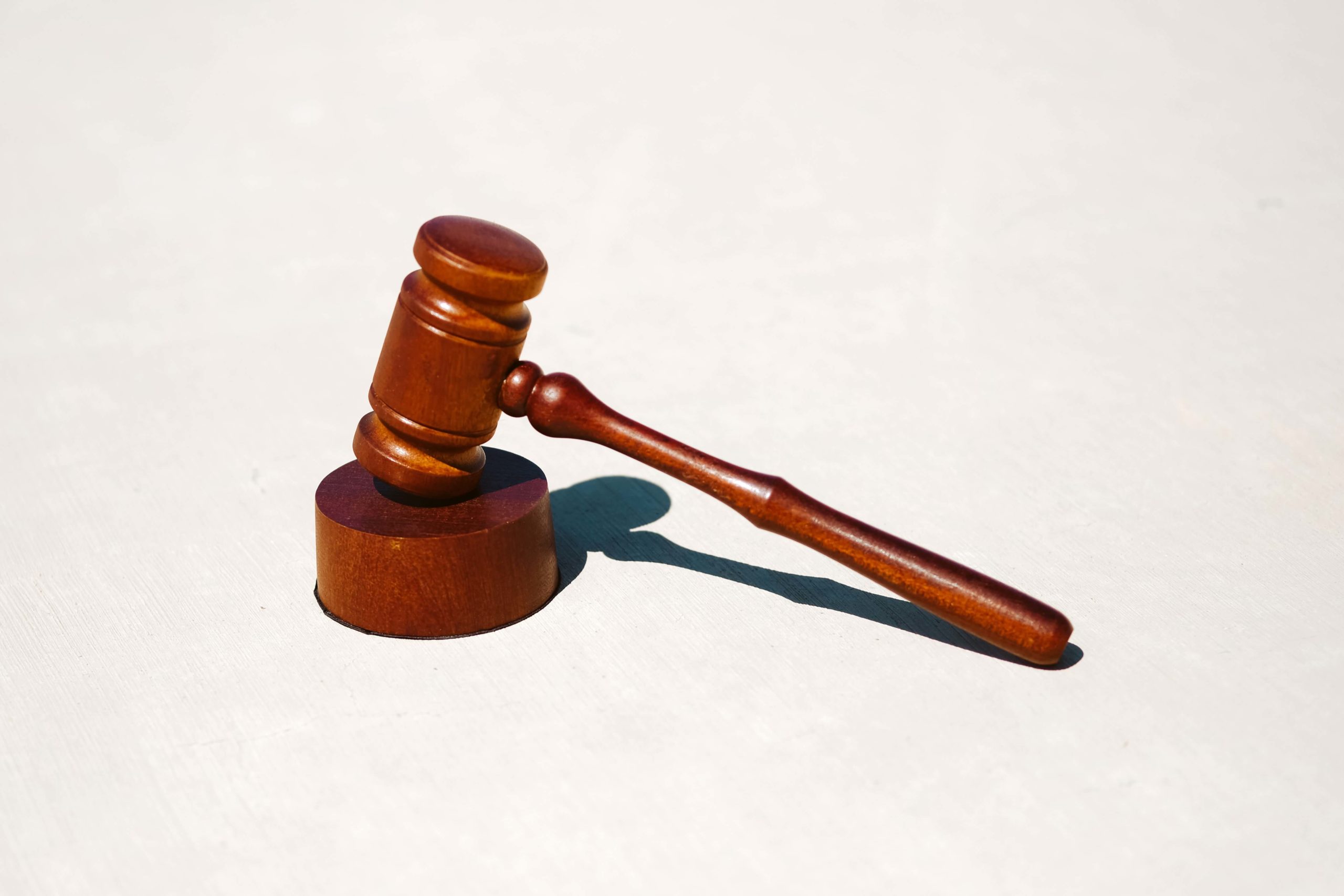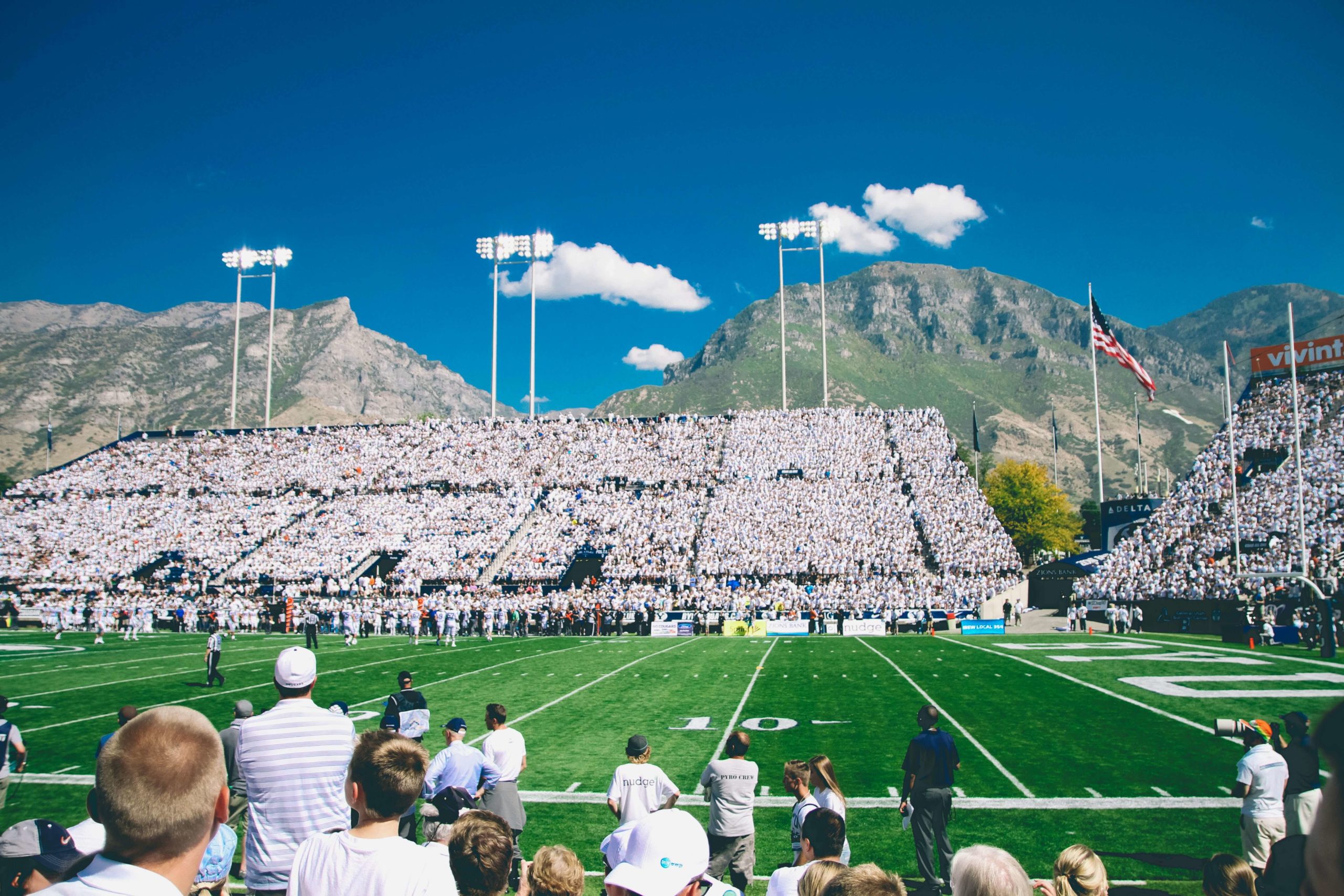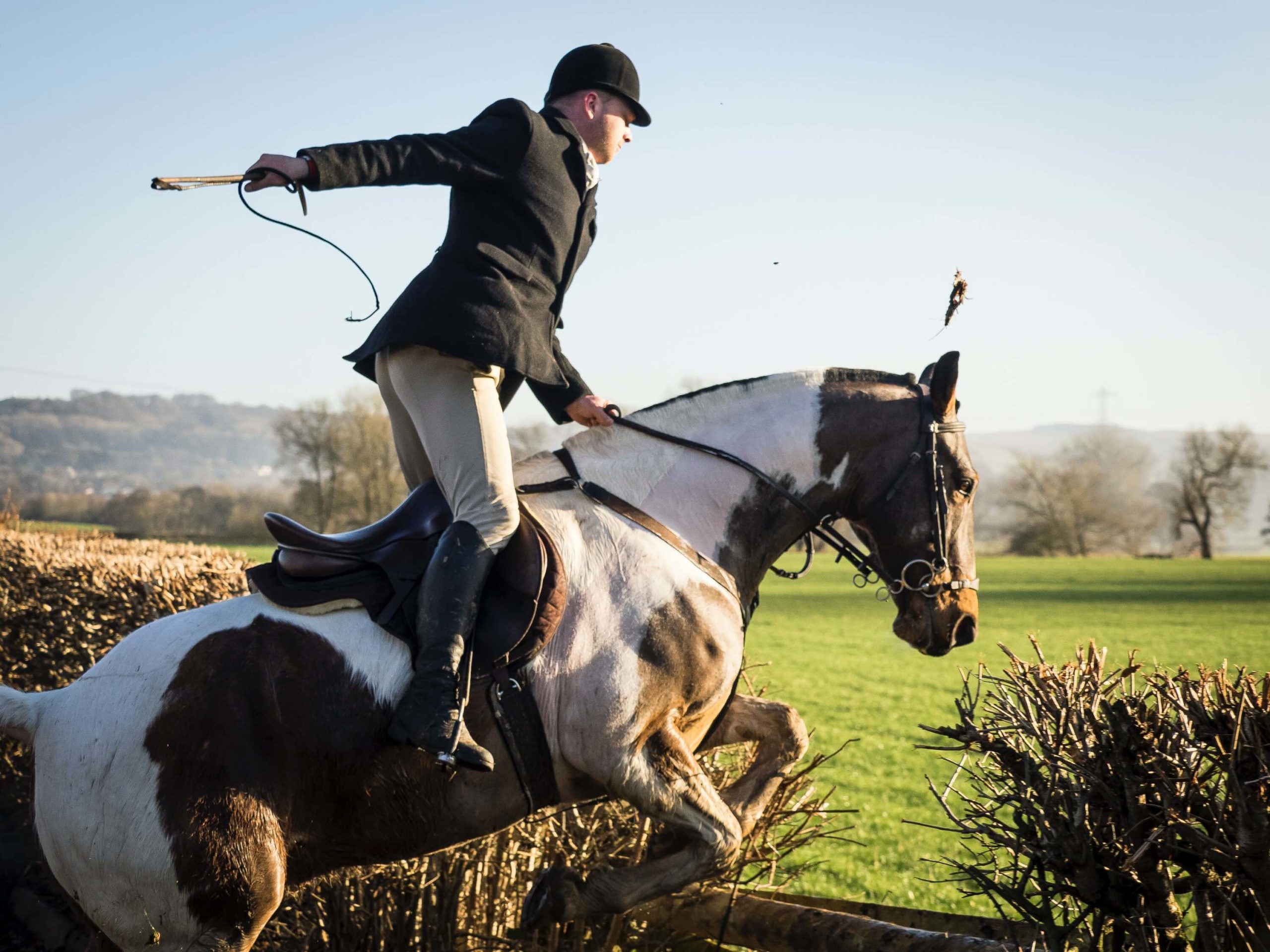Athletic recruiting has long been a major pathway for students without legacy, donations, or other connections to get into the highest-ranking US universities such as Harvard, Yale, Princeton, and Stanford. One of the “open-secrets” inside the college admissions counseling circle is that students with recruiting status may gain admissions into some of the most elite schools in the US without having the highest academic achievements. When we previously dealt with Division-I level athletes, our main focus was to ensure our students achieved above the minimal B+ GPA (3.3) and 1450 on the new SAT while maintaining their athletic records. The process was relatively straight-forward.
Then, COVID arrived, forcing all games to stop.

In this blog, I will inform you of the Ivy League and Stanford’s recruiting situations after significant athletic program cuts made over the last year. Additionally, I will share my thoughts on the reasons behind these cuts and what they could mean for students applying to these schools this admissions season.
1. The Situation:
a. Brown University
Brown University was the first Ivy League school to cut its athletic programs. Before May 2020, Brown had 38 varsity athletic programs, the third-most in the nation. However, according to its press release1“New Initiative to Reshape, Improve Competitiveness in Brown Varsity and Club Athletics.” Brown University, www.brown.edu/news/2020-05-28/athletics-excellence. Accessed 6 Mar. 2021., it earned the fewest number of Ivy League championship titles from 2008 to 2018. On 28 May 2020, Brown announced it would cut 11 varsity programs: men’s track and field and cross-country, men’s and women’s squash, men’s and women’s golf, men’s and women’s fencing, women’s equestrian, and women’s skiing. According to an email from the school’s president Christina Paxson, the high number of sports programs “hindered (their) ability to fully achieve” success in competing with Ivy League peers. She further stated that “this initiative at Brown is not a measure to reduce the budget or an effort to contend with the financial impact of the COVID-19 pandemic”2Anderson, Greta. “Brown University Cuts 11 Varsity Sports.” Inside Higher Ed, 1 June 2020, www.insidehighered.com/news/2020/06/01/brown-university-cuts-11-varsity-sports#:%7E:text=The%20plan%20completely%20reshapes%20Brown,completely%20blindsided%20by%20the%20decision. Accessed 6 Mar. 2021.. That President Paxson appointed an ironically named “Committee on Excellence in Athletics” to review the school’s athletic programs’ investment returns in January 2020 was writing on the wall. The result of the committee’s review was not published until May 2020, kept secret from the school’s athletes.
One month later, a group of Brown University athletes hired lawyers to accuse Brown “of fraud for working secretly on a plan to cut the programs without telling the players that their varsity careers were in jeopardy”3“Brown Accused of Fraud by Student-Athletes Whose Sports Were Cut.” ESPN.Com, 25 June 2020, www.espn.com/college-sports/story/_/id/29360488/brown-accused-fraud-student-athletes-sports-were-cut. Accessed 6 Mar. 2021..
By August 2020, Brown reinstated men’s indoor and outdoor track and field and cross-country after a further study revealed these cuts would affect campus diversity. On 15 December 2020, a federal judge approved a settlement calling for the reinstatement to Brown’s varsity women’s fencing and equestrian teams. As part of the settlement, Brown secured its release, set for August 20244Mulvaney, Katie. “Judge Approves Gender-Equity Settlement with Female Athletes at Brown.” The Providence Journal, 15 Dec. 2020, eu.providencejournal.com/story/news/courts/2020/12/15/judge-approves-equity-settlement-female-athletes-brown-univ/3904212001. Accessed 6 Mar. 2021., from a 1998 deal requiring the university to offer a fixed percentage of women’s varsity sports.

b. Stanford University
On 8 July 2020, Stanford University—the most formidable sports presence among top private universities—announced it would discontinue 11 of its varsity sports programs after the 2020-2021 academic year. These 11 programs are men’s and women’s fencing, field hockey, lightweight rowing, men’s rowing, co-ed and women’s sailing, squash, synchronized swimming, men’s volleyball, and men’s wrestling.
Unlike Brown, Stanford stated clearly that its decision was driven by financial reality. The university’s leaders, Department of Athletics, and Board of Trustees declared the school no longer in a “financially sustainable” position to maintain all its 36 varsity sports at a nationally competitive level. The university further stated that the discussions had lasted “several years”, and eliminating these varsity sports was the last resort, coinciding with the latest financial challenges with COVID-195Stanford University. “Stanford Athletics Varsity Sport Reductions: FAQ.” Stanford News, 10 July 2020, news.stanford.edu/2020/07/08/athletics-faq. Accessed 6 Mar. 2021..
All impacted sports may be competed at the club level after the 2020-2021 academic year, assuming sufficient student interest and self-sustaining finance.
One interesting note taken from Stanford’s announcement is that the school maintains the decision to discontinue these 11 sports “will not disparately impact any particular demographic”.
So far, there is no lawsuit filed against Stanford University regarding this decision.

c. Dartmouth College
Shortly after Brown and Stanford announced their varsity downsizing decisions, Dartmouth College, the Ivy League school with the smallest class size, announced on 9 July 2020 it would eliminate five varsity sports teams: men’s and women’s swimming and diving, men’s and women’s golf, and men’s lightweight rowing. The decision reduced the number of varsity teams from 35 to 30. Furthermore, Dartmouth would permanently close the Hanover Country Club, owned by the university and operating as a college golf course6Office of Communications. “Dartmouth Announces Changes to Varsity Athletics Program.” Dartmouth News, 9 July 2020, news.dartmouth.edu/news/2020/07/dartmouth-announces-changes-varsity-athletics-program. Accessed 6 Mar. 2021. .
Like what happened to Brown, in December 2020, a lawyer representing the women’s swimming and diving and women’s golf teams sent a letter to Dartmouth President Phil Hanlon, and Dartmouth Athletic Director Harry Sheehy threatened to file Title IX complaints. Title IX of the Education Amendments Act of 1972 is a federal civil rights law prohibiting sex-based discrimination in any school or education program receiving federal money. Under Title IX, schools are legally required to respond and remedy hostile educational environments and failure to do so is a violation.
On 29 January 2021, Dartmouth decided to reinstate all five varsity sports programs cut last July immediately.
d. All the remaining Ivy League schools
Officially, none of the other Ivy League schools decided to cut any of their varsity teams.
As early as mid-April 2020, Harvard Athletics announced that it “has deferred all capital projects and is considering other cost-cutting moves”7Schumer, Ema R. “Athletics Halts Capital Projects, Considers Further Budget Cuts | News | The Harvard Crimson.” The Harvard Crimson, 24 Apr. 2020, www.thecrimson.com/article/2020/4/24/harvard-coronavirus-athletics-consider-budget/#:%7E:text=Harvard%20boasts%20the%20most%20varsity,to%20a%20Harvard%20Athletics%20website. Accessed 6 Mar. 2021.. Though Harvard did not clarify how much it would cut its athletic budgets, many speculated that the budget could be reduced by 15% or more. Till today, Harvard has not announced any downsizing of its 42 varsity teams.
On 12 July 2020, the University of Pennsylvania “vows not to cut any varsity sports” and would continue to sponsor all 33 varsity teams8Pride, Brandon. “Penn Vows Not to Cut Any Varsity Sports after Multiple Peers Slash Athletics Programs.” The DP, 07 December 2020, www.thedp.com/article/2020/07/penn-will-not-cut-varsity-sports-ivy-league-ncaa-coronavirus#:%7E:text=Among%20the%20sports%20that%20have,sailing%2C%20squash%2C%20and%20sailing. Accessed 6 Mar. 2021..
On 27 July 2020, Princeton University confirmed that it does not plan to eliminate any varsity team, “even as the University grapples with the effects of COVID-19 and as other Ivy League institutions announce cuts to their varsity rosters”9Salotti, Tom. “Princeton Will Not Cut Any Varsity Teams.” The Princetonian, 27 July 2020, www.dailyprincetonian.com/article/2020/07/princeton-will-not-cut-any-varsity-teams. Accessed 6 Mar. 2021.. Princeton currently has 37 varsity teams.
On 29 November 2020, Athletic Director of Yale University Vicky Chun said that though Yale has lost millions in ticket revenue, sponsorships, merchandising, and its payout from the NCAA due to the cancelations of all Ivy League games in Fall 2020, Yale Athletics has not discussed cutting any of its 35 varsity teams.

Both Columbia University and Cornell University have not made any announcement regarding the cutting of their varsity sports. Columbia and Cornell have 31 and 37 varsity teams, respectively.
While these promises to not downsize athletic programs are comforting to current college athletes, with the cancellation of Ivy League games last fall and this spring season, these schools may have to restructure their athletics departments by minimizing expenses in some ways.
2. More Reality Checks
a. The reality our high school athletes are facing now
Although most Ivy League schools claim they will not cut varsity teams, the cancelations of sports seasons this past academic year have led even the wealthiest schools like Harvard, Yale, and Princeton to bleed money from athletics without boasting achievements. So, some changes must happen within these schools’ athletic departments. Without cutting any varsity sports, the most probable thing to do is reduce the number of athlete positions.
According to a student-athlete in touch with the Ivy League and Stanford’s athletic departments since the beginning of his junior year, the coaches informed him these schools’ team rosters, except those of Columbia and Harvard, were already filled by January. This situation is highly unusual because “normally”, coaches do not begin recruiting until after the spring season. Though the athlete received no particular explanation, the general understanding is that instead of slashing their varsity programs, many of these schools have reduced their number of recruiting spots this year.
This idea is verified when another athlete I know received news from the Ivy coaches that the recruiting effort has turned to “priority athletes” such as US citizens and legacy students. This athlete is looking for a recruiting spot in an obscure sport, not nearly as popular among US students as football and basketball.

b. There are simply too many varsity teams
While the Ivy League schools and Stanford have been bleeding money through their athletic departments, with some pointing to financial strains imposed by COVID-19, I do not believe the explanation is this simple.
In fact, the Ivy League schools should be more equipped to deal with financial strains than most other Division I schools since the Ivy League schools do not offer athletic scholarships, most of their head coaching positions and facilities are endowed, and their athletic endowments are higher than those at most Division I schools.
So, why all the cuts in the athletic programs among the Ivy League schools and Stanford?
Perhaps there were too many varsity teams, and the COVID-19 crisis provided these schools with a perfect reason to trim off their ballooned athletic programs.
According to the NCAA’s website, the average number of varsity teams in a large Division I university is 19. Even well-funded and well-endowed athletic powerhouses such as USC, UNC Chapel Hill, and Duke, have “only” 21, 28, and 27 varsity teams, respectively. Comparing this fact to Harvard’s 42, Yale’s 35, Princeton’s 37, Columbia’s 31, Penn’s 33, Cornell’s 37, Brown’s 38 (pre-slashing), Dartmouth’s 35, and Stanford’s 36, the Ivy League schools and Stanford evidently have too many varsity teams.
Another reason for the cuts is these sports’ lack of popularity among the public. Stanford’s website states, “of the 11 sports beings discontinued, six (lightweight rowing, men’s rowing, co-ed and women’s sailing, squash, synchronized swimming) are not NCAA-sponsored championship sports”, and “all 11 sports being discontinued are sponsored by less than 22% of the more than 350 Division I institutions”.
Indeed, when was the last time we watched a college synchronized swimming competition in person or on TV?
c. Operation Varsity Blues
In March 2019, many elite colleges were hit by a wave of admissions scandals, charges, and eventual jail time by Operation Varsity Blues, a college admissions bribery scandal organized by William Rick Singer. In summary, 33 parents of college applicants are accused of paying more than 25 million USD between 2011 and 2018 to Singer, who used part of the money to bribe various college coaches in exchange for admissions to 11 elite schools. Two of the coaches involved were from Yale and Stanford.
A month later, in an unrelated scandal, a Harvard former fencing coach was reported to have received a $1.5M (in USD) bribe to help gain admissions for a Chinese parent’s two sons. Both the coach and the parent were arrested in November 2020.
In the aftermath of these scandals, the media and public in the US begin criticizing the way elite schools use athletic recruiting to “benefit the wealthy”10Nick Anderson, and Susan Svrluga. “Bribery Scandal Points to the Athletic Factor: A Major Force in College Admissions.” Washington Post, 13 June 2019, www.washingtonpost.com/local/education/bribery-scandal-points-to-the-athletic-factor-a-major-force-in-college-admissions/2019/06/12/b2fc39dc-7e3a-11e9-8bb7-0fc796cf2ec0_story.html. Accessed 6 Mar. 2021.11 Strauss, Valerie. “There’s a Lot of Talk about Changing College Admissions after the Varsity Blues Scandal — Don’t Hold Your Breath.” Washington Post, 15 Feb. 2020, www.washingtonpost.com/education/2020/02/15/theres-lot-talk-about-changing-college-admissions-after-varsity-blues-scandal-dont-hold-your-breath. Accessed 6 Mar. 2021. and allow candidates without the highest academic qualifications such as the most demanding course rigor, near-perfect GPA, and SAT/ACT results to gain admissions. Furthermore, many Ivy League sports such as sailing, equestrian, golf, fencing, and skiing simply scream affluence and privilege.

As all elite schools are trying to become more diverse and socially responsible nowadays, cutting some of the expensive but not-so-popular sports in the athletic department would save a lot of money and appease the public.
3. Impacts on the admissions going forward
a. With smaller athletic departments and fewer roster spots, I predict these elite schools will invest their resources in more popular and revenue-generating sports such as American football and basketball. So, there should be no recruiting cuts for these sports. For students who have outstanding records in sports such as skiing, sailing, and golf, your academic record will become the most crucial factor in your admissions. Your athletic achievements will be a significant part of your extracurricular activities and leadership experience, rather than your “ticket into” an Ivy.
b. Fewer spots reserved for the athletes mean there will be more spots available for students with other talents to contribute to the campus. Imagine we can exchange 10 spots previously reserved for the athletes for 5 top musicians, 3 inventors, and 2 programmers. To the talented students who are non-athletes, this is good news.
c. One of the unintended consequences of Operation Varsity Blues is that many psychologists begin questioning the “predictive powers of the SAT” and the value of costly SAT preparation programs. This is because many of the parents in the scandal had paid big money to cheat on the standardized test to help their children to be recruited, leading to many criticizing SAT as “nothing but a wealth test”12 Wai, Jonathan Matt Brown. “No One Likes the SAT. It’s Still the Fairest Thing about Admissions.” Washington Post, 22 Mar. 2019, www.washingtonpost.com/outlook/no-one-likes-the-sat-its-still-the-fairest-thing-about-admissions/2019/03/22/5fa67a16-4c00-11e9-b79a-961983b7e0cd_story.html?noredirect=on. Accessed 6 Mar. 2021.. This scandal combining with the fact that most US universities have turned test-optional due the constant cancellations of the standardized test during the pandemic, the role of SAT or the ACT would certainly be further diminished inside the admissions going forward.
Overall, looking at Brown and Dartmouth, I do not foresee more Ivy League schools slashing their varsity programs in the short run. However, they could still cut budgets and reduce recruiting numbers. I believe what we are looking at now is a turning point in college admissions where elite schools, such as the Ivy League schools have shifted their focus from sports to academic competitiveness—reiterating the need for a holistic application. Indeed, with the rapid changes in today’s job market where even a journalist would be expected to know data science13Hentz, Daniel. “Six Digital Skills All New Journalists Should Consider Learning and a Road Map to Unlocking Them.” Storybench, 15 July 2019, www.storybench.org/six-digital-skills-all-new-journalists-should-consider-learning-and-a-road-map-to-unlocking-them.Accessed 6 Mar. 2021., it is absolutely important for these traditionally liberal arts focused Ivy League schools to invest in getting more students interested in STEM, especially in fields related to computer science, data science, information systems, and the related technologies. Investments in country club lifestyle sports such as golf, sailing, equestrian, and the likes, simply don’t fit into what these elite schools want to be seen as – they are all trying hard to not look like country clubs for the top 1% of the society but leaders and innovators of a world community.
Quantum Prep is an education consultancy that focuses on placing their students at the best colleges or universities. We boast of diverse results. In addition to the traditional rap sheet of prestigious university acceptances, our consultants like to highlight the different paths they have sent students on. All of our students are different; we are proud of our one-on-one tailored approach towards university counselling. Contact us for a complimentary 30-minute initial meeting, where you can get tailored individualized advice on how to put your best foot forward. Read our reviews to see what our clients think of us.
By Ally Ip, Director of Research
Published 11-03-2021
